Retail Ready Poinsetias
Growers and retailers are continually challenged to maximize quality and profitability of poinsettia crops. This flower is the traditional “living symbol of Christmas” and a must have in retail outlets everywhere. So bottom line, if you are a retailer it is virtually impossible not to offer poinsettias. But poinsettias are often labeled a commodity, and we all cringe as reports on pricing come in during November and December.
With the “how low can you go” strategies at work, margins are being squeezed at every level of distribution. Today, there is no room for error and no allowance for shrink in the greenhouse or the retail environment. The truly “retail ready” poinsettia has to hold up to the stress of packing, shipping and retailing in order for producers and sellers to make a profit.
This is where the role of poinsettia breeders comes in. They have to look at how to solve problems that compromise profitability. Some of the answers can be found in culture support and information on avoiding production-related problems. But other answers are being found in the genetics that solve problems through the plants themselves. Here are a few of the most common problems experienced each year and potential solutions.
Stem Breakage
The number-one problem for anyone who deals with poinsettias is stem breakage, specifically the loss of stems and bracts during transportation from the greenhouse to the retailer or while at retail. Our estimates are that breakage causes returns of between 3 and 5 percent or more of your crop each year.
Breakage is due to genetics and until now has only been diminished by placing ring supports around plants. However, some of the new poinsettia introductions dramatically decrease stem breakage, limiting this as a factor. The result is more plants sold with fewer returns and credits that compromise profitability. When ordering your poinsettias, ask your grower if they have selected varieties with a low occurrence of breakage and/or what they are doing to alleviate breakage.
Lower Leaf Yellowing
As growers have pushed crops through high-density production in an effort to get more units per square foot and improve profitability, problems with lower leaf yellowing and abscission have increased. Not every poinsettia variety is adaptable to high-density production. A key problem becomes lack of light or air penetrating the plant canopy as poinsettias mature. Without light, the leaves usually lower ones begin to senesce and abscise. These leaves provide ideal host material for diseases such as Botrytis, generating a source of spores to infect bracts, stems and foliage throughout the greenhouse.
This damage intensifies as poinsettias are sleeved and packed tightly for transportation. Under these conditions Botrytis thrives and causes significant damage to the quality of the poinsettias, resulting in returns and credits. With the genetics available today there is no reason to tolerate such losses when producing at high-density configurations.
High Energy Costs
Growers are faced with ever increasing energy costs and little hope of recouping this increase through increased price points. An obvious response has been lowering thermostats and growing at temperatures 4-6° F lower than recommended, not always with good results. Some genetics tolerate cool production regimes, but not all poinsettia varieties can meet height specifications and quality standards set by buyers when grown this way. Cooler temperatures will delay finish time of some varieties, meaning retailers will not have product during critical sale periods. Again, to prevent this, retailers should check with their growers to make sure that temperatures are being maintained within the recommended range and/or that quick-finish varieties have been selected that can withstand lowered temperatures.
Lack of Interest
Consumers don’t recognize the differences between all the reds and colors sold today, making it difficult for either growers or retailers to increase prices. Novelty poinsettias can help differentiate both products and price points, and approximately 20 new varieties are released every year to help keep the market fresh. Volume and longevity will always be issues for novelty varieties, but during the initial 3-5 years of introduction, the value to growers and retailers makes it worth the effort. Another possibility to raise the appeal and pricing of novelty poinsettias is marketing programs, and we are seeing breeder companies begin offering this kind of support to help stimulate sales.
Will it work? The experiences gained during the coming season will help define the future of innovative new programs targeted to enhance sales and pricing of the poinsettia!




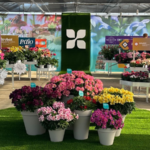

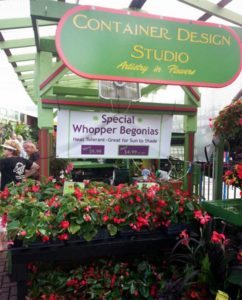
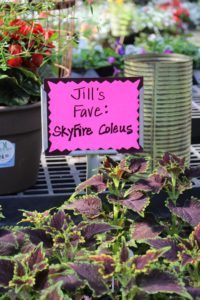
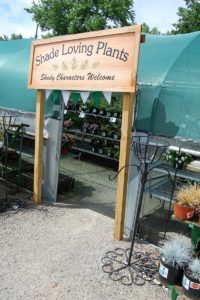

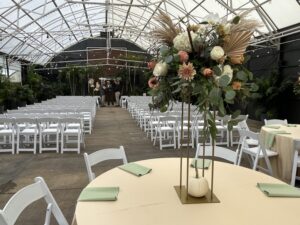
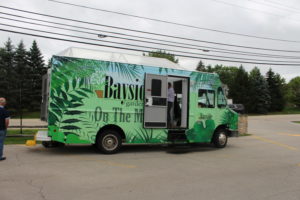
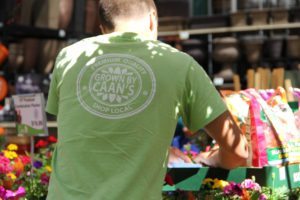
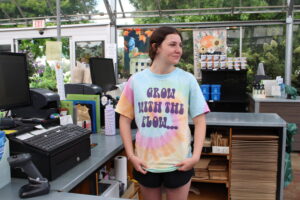


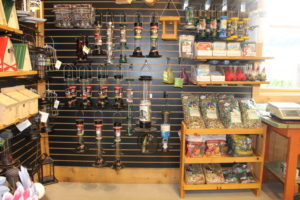
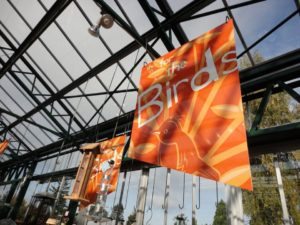
 Videos
Videos





